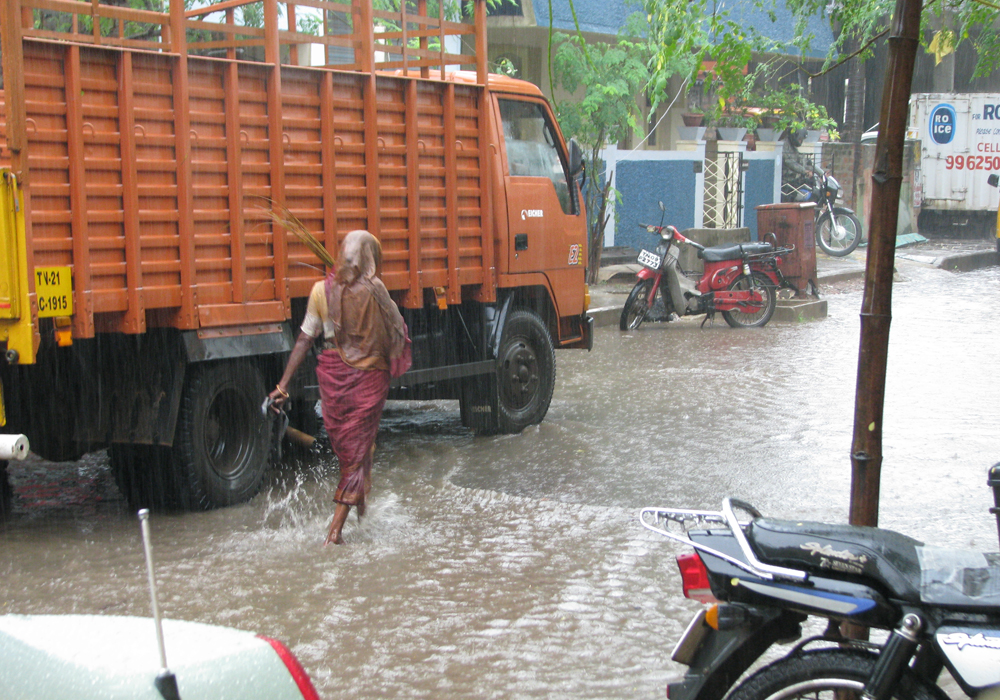WINNIPEG, (MarketsFarm) – Things are still not looking good for India’s kharif (summer) production, and in particular pulse crops. Excessive monsoons rains, followed by above average post monsoon rains have hurt production, according to a report.
The excessive rains resulted in flooding in 13 states in India and the National Bulk Handling Corporation (NBHC) estimated overall pulse production will drop by more than 14 percent in 2019/20. However, that’s a vast improvement from the NBHC’s initial estimate that forecast a decline of almost 41.5 percent in pulse production.
India’s monsoon rains were late in 2019, but when they did begin to fall, accumulations were 110 percent over the long-term average, said the NBHC. Added to that, the post-monsoon rains were 32 percent above average country-wide, further exacerbating the situation. In central India alone, the post-monsoon rains were 64 percent above average and whopping 121 percent in the Northwest region.
Read Also

Feds propose overhaul of chronic wasting disease control program
Chronic Wasting disease control program getting updated by Canadian Food Inspection Agency with feedback encouraged from producers.
By crop, the NBHC estimated moong (mung) production to fall 27.4 percent compared to 2018/19 to approximately 1.34 million tonnes. Urad production was forecast to be about 2.09 million tonnes, down 18.4 percent. Tur production was expected at more than 3.21 million tonnes, for a decline of 10.5 percent.
And it’s not only pulse crops suffering in India, as oilseed production was forecast to drop by 23.8 percent compared to last year. Sugarcane production is expected to fall nearly 22.0 percent. Rice was projected to drop 8.2 percent and corn by 11.9.
















